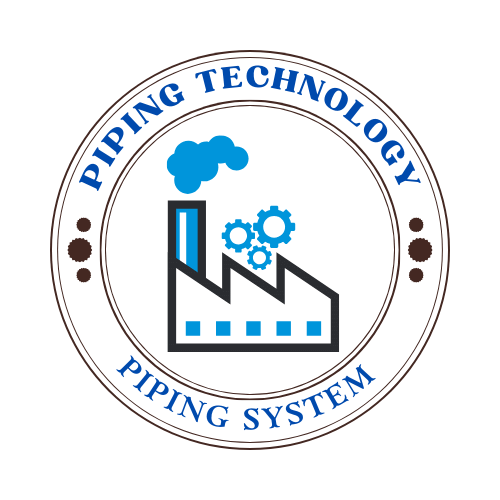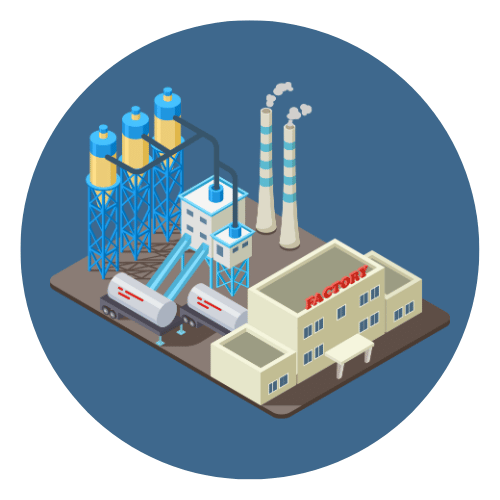
Offshore drilling is a cornerstone of the global energy industry, enabling the extraction of oil and natural gas from beneath the ocean floor. As onshore reserves become increasingly depleted and the world’s demand for energy continues to grow, offshore drilling has emerged as a critical method for accessing untapped hydrocarbon resources in deep and ultra-deep waters. From the Gulf of Mexico to the North Sea and the coast of Brazil, this complex process powers economies, fuels industries, and plays a pivotal role in global energy security.
The concept of offshore drilling dates back over a century, but technological innovations in the past few decades have dramatically expanded its capabilities and reach. Today’s offshore operations involve highly advanced floating platforms, remotely operated subsea systems, and massive infrastructure investments, all engineered to operate in some of the harshest environments on Earth.
While offshore drilling has provided enormous economic benefits and contributed to global development, it also poses significant environmental and safety challenges. Incidents such as the Deepwater Horizon oil spill in 2010 have underscored the importance of stringent safety protocols and environmental stewardship in this high-risk industry.
In this article, we will explore the fundamentals of offshore drilling, the types of platforms used, the step-by-step drilling process, and the technologies involved. We’ll also examine the economic impact, major offshore regions, environmental concerns, and the future of offshore energy extraction in an increasingly sustainability-driven world. Whether you’re a student, engineer, policymaker, or curious reader, this comprehensive guide will help you understand exactly what offshore drilling is and why it remains a vital—though often controversial—component of modern civilization.
I. What is Offshore Drilling?
Offshore drilling is the process of extracting petroleum and natural gas from underground reservoirs located beneath the seabed, typically in oceans, seas, or large lakes. It involves the use of specialized platforms or rigs—either fixed to the ocean floor or floating on the water surface—to drill through layers of rock beneath the water to access hydrocarbon deposits.
This technique is essential for reaching oil and gas reserves that are not accessible from land. Offshore drilling operations range from shallow water developments close to shore, to complex and costly deepwater and ultra-deepwater projects located thousands of meters below the ocean surface.
Despite its critical role in global energy supply, offshore drilling also presents environmental and safety challenges, including risks of oil spills, habitat disruption, and high operational hazards. It is regulated by strict national and international standards and is increasingly being integrated with cleaner technologies and environmental safeguards.


 Automation System
Automation System  Energy Engineeing
Energy Engineeing  Instrumentation System
Instrumentation System  Mechanical Engineeing
Mechanical Engineeing  Piping Technologies
Piping Technologies  Transportations
Transportations  Manufacturing
Manufacturing  Training Material
Training Material 














